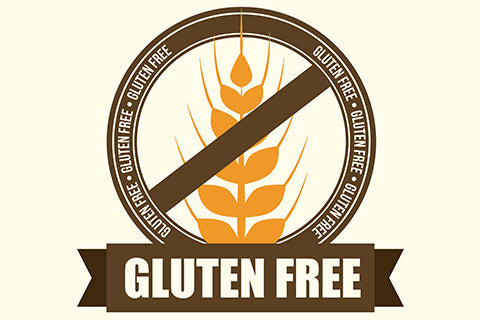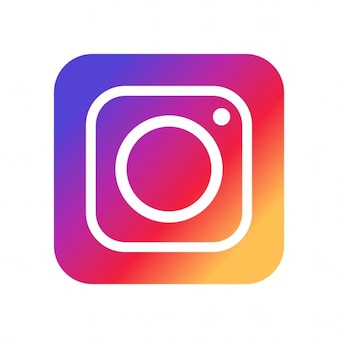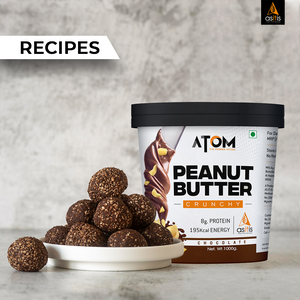
Gluten Free Diet – What Is The Hype All About?

R
emember the low-fat, low-carb, lactose-free, vegan, no-fat diet craze of the 80s and 90s? The fad diet of the current decade is the ‘gluten-free diet’ and gluten-free products are currently making up the largest section of the overall free-from category. Gluten-free foods are popping up in grocery stores while the foodie media is popping up with news on gluten intolerance.
While until about a decade ago, gluten was rarely given a thought, it is being fantasized about as a fear factor in current times. As the saying goes, if one sheep leaps over the ditch, all the rest will follow, never know where the growth for this free from sector has taken its origin.
There is a lingering stigma that gluten-free means healthier food option which has led to negative connotations about gluten intolerance and avoidance of wheat and wheat products.
Is the topic, gluten-free diet and gluten-intolerance so black and white that people are hastily falling into this spectrum? Read on to know whether gluten-intolerance or gluten-free diet is hyped up or real…
Also Read: Amino Spiking In Whey? What’s It? Is Your Protein Clean?
WHAT IS GLUTEN?

Gluten is a structural protein that pertains mainly to wheat protein. Wheat gluten includes two main types of proteins: gliadin and glutenin. Although gluten pertains mainly as wheat protein, it is a combination of related proteins (prolamins and glutenin protein) naturally occurring in grains like barley, rye, oats, and cross hybrids of these grains such as triticale.
Gluten has the viscoelastic and binding property that gives dough its elasticity and makes dough rise while baking. Gluten is the one that gives the dough its shape and leaves the final product with a chewy texture.
Gluten can trigger inflammatory, immunological, and autoimmune reactions in some people. Some of the gluten-related disorders include celiac disease, non-celiac gluten sensitivity, and wheat allergy.
Also Read: Steroids – What Are They? Are They Safe?
CELIAC DISEASE

Celiac disease is an autoimmune disease in which even the briefest exposure to gluten can trigger a host of symptoms and cause damage to the lining of the small intestine. The chronic disorder appears in genetically predisposed people of all ages upon consumption of gluten. When people with celiac disease consume gluten, the immune system sets off a strong inflammatory response that causes damage to the villi of the small intestine, which is responsible for the absorption of nutrients. The damage to the villi of the small intestine leads to malabsorption of food and reduced quality of life. The symptoms of celiac disease include diarrhea, bloating, abdominal pain, nausea, constipation, loss of appetite, impaired growth, fatigue, headache, itchy, and blistering skin manifestations.
Celiac disease affects approximately 1-2% of the general population. The only remedy for Celiac disease is to follow a gluten-free diet.
Also Read: Must To Know Top 7 Side-Effects Of Keto Diet
NON-CELIAC GLUTEN INTOLERANCE

Non-Celiac gluten sensitivity is also referred to as gluten intolerance which occurs when the human body cannot digest or break gluten in wheat and other grains. Non-celiac is the most common type of gluten intolerance which is not an auto-immune disorder, yet the innate immune system is activated. Non-Celiac gluten intolerance does not harm the intestine but will cause symptoms like diarrhea, nausea, bloating, headache, chronic fatigue, allergy, and skin rashes, almost similar to celiac disease.
The occurrence of non-celiac gluten intolerance in the general population is estimated to be 6-10%. Using digestive enzyme supplements, or switching to a gluten-free diet may help alleviate this condition.
Also Read: Intermittent Fasting Is On The Rise – Does It Work For Weight Loss?
WHEAT ALLERGY

Wheat allergy is an immune reaction to different proteins in wheat. When a person has a wheat allergy, his immune system will send out immunoglobulin E (IgE) antibodies treating wheat as a threatening foreign body. Wheat allergy is not an autoimmune response but has a faster onset of action by the immune system after the consumption of food containing wheat. Gastrointestinal symptoms of wheat allergy as similar to those of celiac disease and non-celiac gluten sensitivity, hives, nasal congestion, and skin rashes. A person with a wheat allergy will not experience trouble digesting gluten from non-wheat sources.
Also Read: Top 10 Myths On Whey Protein One Needs To Know
WHAT IS A GLUTEN-FREE DIET?

A dietary plan that strictly excludes gluten, which is found in wheat and all its related grains can be termed a gluten-free diet.
It is important to note that manufacturers of food or supplements are not required to label foods gluten-free. As per FDA’s rule, the term, ‘gluten-free’ on the food label can be used if the product contains <20ppm of gluten (20mg of gluten per 1Kg of food sold).
A gluten-free on a food label will indicate a supposed harmless level of gluten rather than a complete absence. Well, the exact level at which gluten is harmless is uncertain.
People who suffer from any of the above-mentioned disorders of gluten intolerance should avoid main sources of gluten like wheat, rye, and barley along with regular bread products, pasta, pizza, cereals, and some of the products like soy sauce, canned soups, broth, malt flavouring, malt extract, licorice (as gluten may show up unexpectedly) and can opt for some of these gluten-free options like rice, quinoa, amaranth, tapioca, millet, arrowroot, buckwheat, flaxseeds, tapioca flour, millet flour, psyllium seed husks, corn, soybean, kidney beans, lentils, pea, chickpea, sesame, chia.
Also Read: Cravings – What Are They? How To Beat Them?
SOME OF THE DRAWBACKS OF A GLUTEN-FREE DIET

One needs to understand here that a gluten-free diet is just a mainstay method of treatment and prevention of celiac disease.
A gluten-free diet requires one to eliminate all sources of gluten like wheat, rye, and barley.
Elimination of gluten from a foodstuff will result in reduced taste, reduction in dietary fiber, and fat which in turn translates into increased consumption of comfort foods (high salt and high sugar snacks, high-fat meals, low consumption of veggies and fruits).
A gluten-free diet will contain simple carbs and fats which have a high glycemic index.
An inadequately balanced gluten-free diet can increase the risk of nutritional deficiencies, obesity, negatively affect glucose, lipid metabolism, metabolic syndrome, and cause gut dysbiosis.
Also Read: Silymarin Milk Thistle – The Ultimate Liver Supplement
While the popularity of gluten-free diets has extended beyond those who have celiac disease or gluten sensitivity, there is no clear evidence that avoiding gluten offers any health benefits for the majority of the population…
Folks, before you jump on the next fad-diet bandwagon, think about whether it is necessary for you… unless you have a wheat allergy, celiac disease, or non-celiac gluten sensitivity, there is absolutely no point in avoiding wheat or gluten…
Reference:
https://www.ncbi.nlm.nih.gov/pmc/articles/PMC7920475/
https://www.ncbi.nlm.nih.gov/pmc/articles/PMC7920475/
Also Read: Top 5 Benefits Of Green Coffee Beans You Didn’t Know
 Follow our Instagram page for the latest updates: badalkhudko
Follow our Instagram page for the latest updates: badalkhudko




Leave a comment